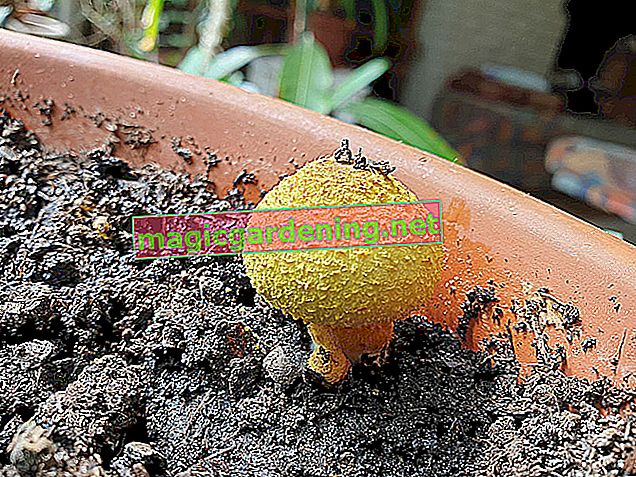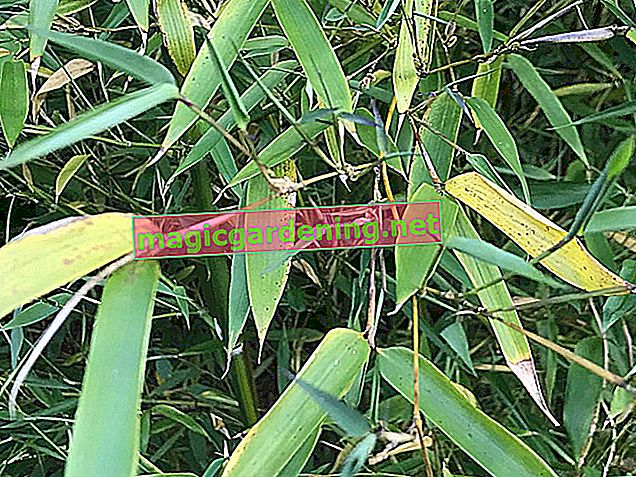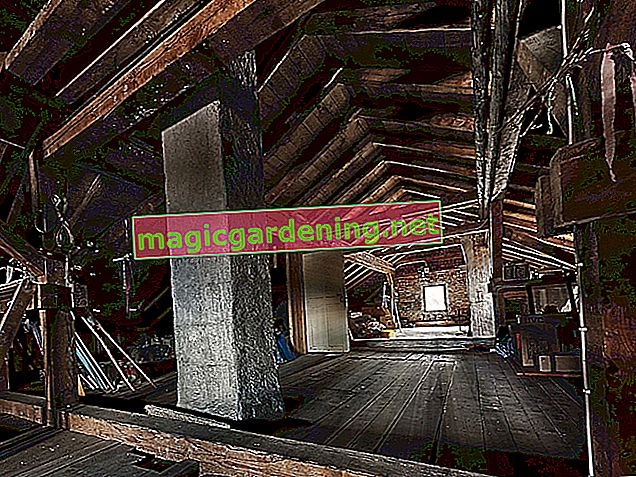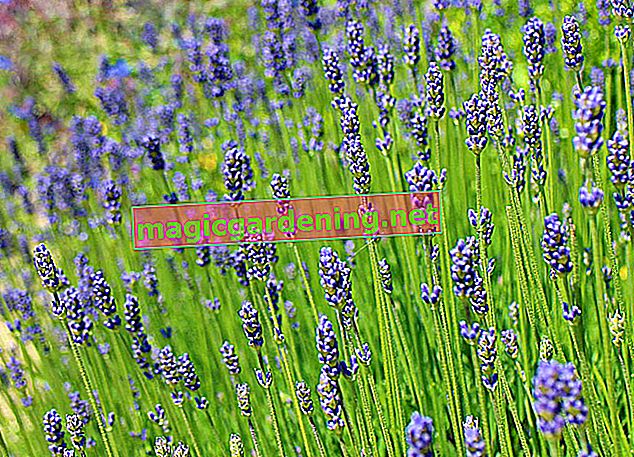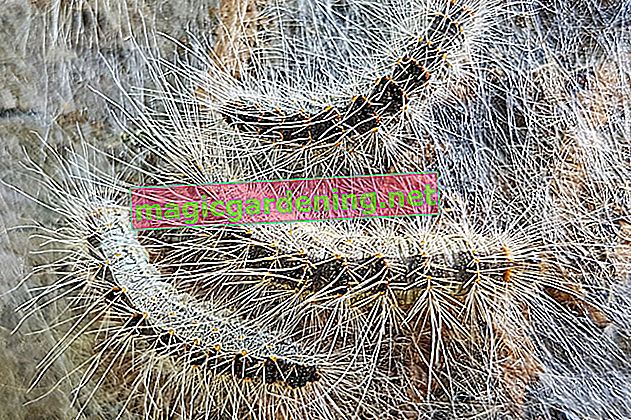
What is algae lime and what is it used for?
First of all: Algae lime is a natural fertilizer, which is obtained from the deposits of the red algae and is not only rich in lime, but also in valuable minerals and trace elements. The powder is used for plant nutrition, but also to improve garden soil. In addition, algae lime is intended to contribute to plant protection, for example to combat fungal infections such as shoot death or pest infestation - for example with the box tree moth.
also read
- Does calcium cyanamide actually help against weeds?
- When does iron fertilizer really help against moss? - Tips against moss-covered lawns
- Point the boxwood against the boxwood moth
Does algae lime help against shoot death and the box tree moth?
In fact, algae lime seems to help against the above-mentioned plagues in the short term, and to stimulate the infested box trees to grow again healthily. In order to achieve this effect, however, infested and endangered plants often have to be dusted with the powder so that the leaves are covered with the fine dust. This, however, brings with it other problems that can also end badly for the troubled Buchs:
- Hardly any sunlight reaches the dusty leaves, which makes photosynthesis difficult.
- The fine powder blocks the so-called stomata so that no new shoots can grow from it.
- As a result, the growth of the shoots is greatly slowed.
- Frequent use unbalances the pH of the soil.
- This increases so that as a result no or only insufficient absorption of nutrients takes place.
Furthermore, the effects on the local bird and insect world have not yet been adequately researched - especially during flowering, the pollination of the box trees must be viewed critically, as insects also ingest the fine dust when foraging.
What action should you take instead?
Once the box is infected with Cylindrocladium buxicola, no effective agents are currently known. You can only try to save the infected plant by pruning it courageously. Targeted prevention is therefore the method of choice: the fungus can only penetrate the leaves if they have been wet for several hours. So keep the leaves as dry as possible or ensure that they dry quickly, for example in an airy location and with sufficient distance to the neighboring plants.
Tips
Until a short time ago the caterpillars of the boxwood moth were considered poisonous for birds because they have not yet attacked it. In the meantime, however, it has already been observed how some garden birds and wasps also used the pests. So keep your garden bird- and insect-friendly, then hopefully soon the borer won't stand a chance.



